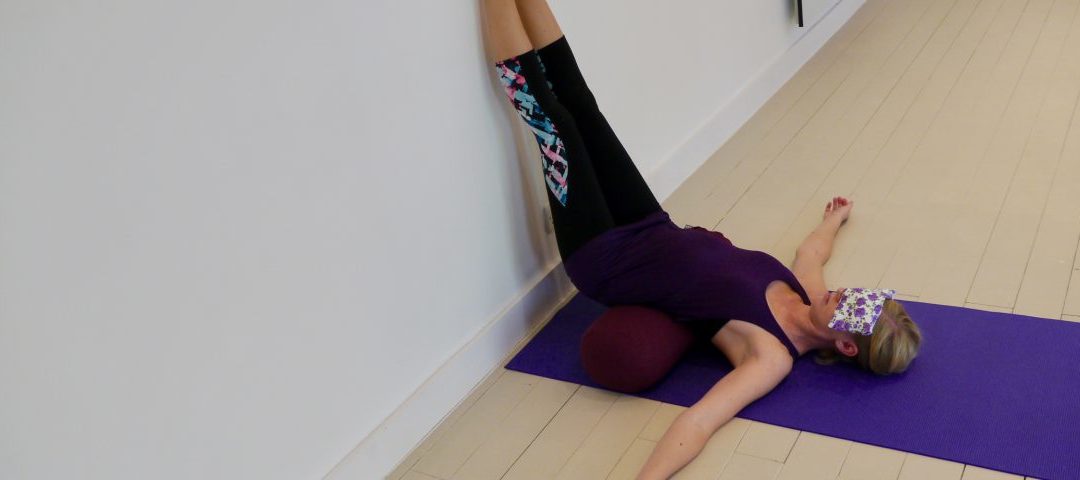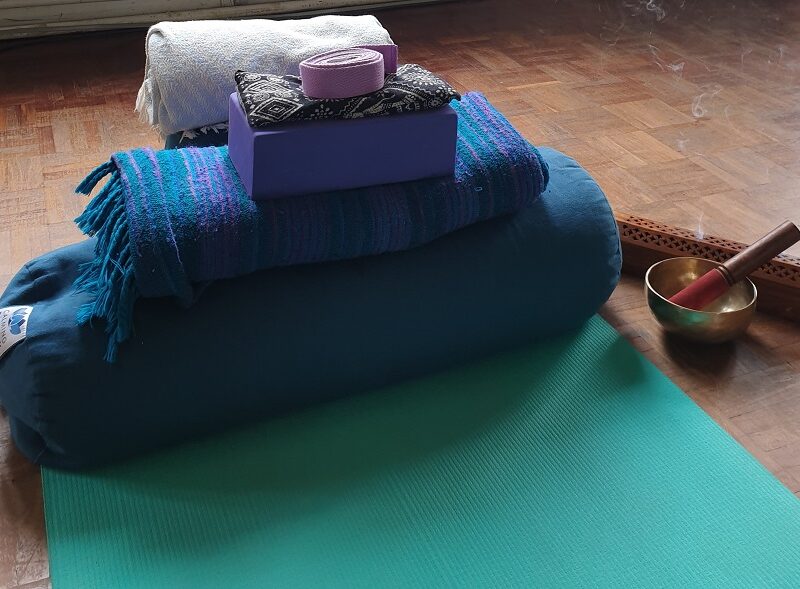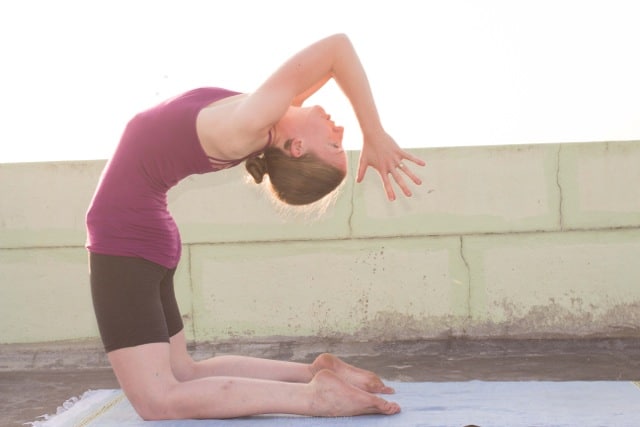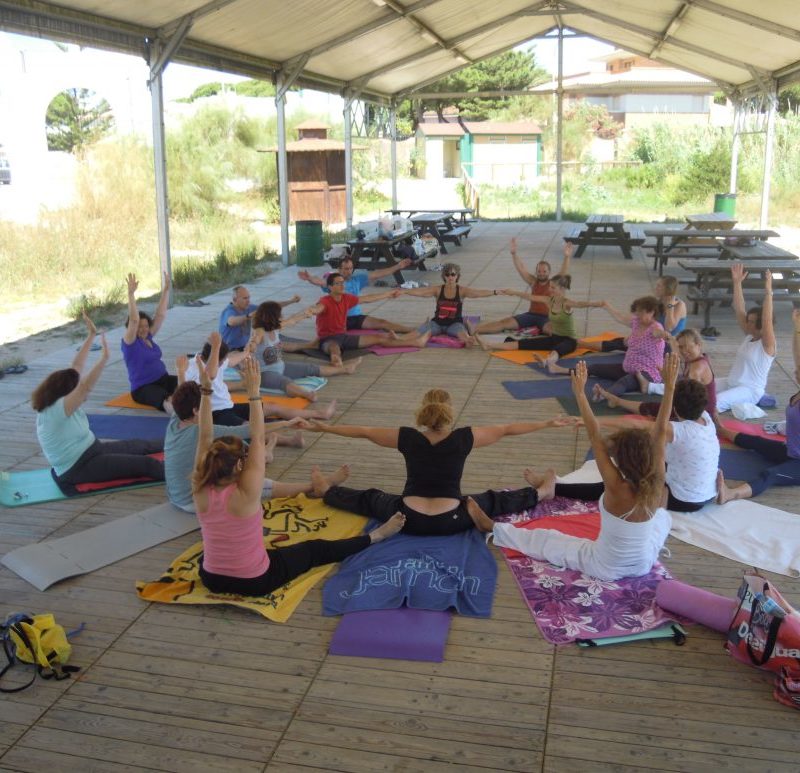The ups and downs of being upside down
Since I was a child, I have always enjoyed being upside down. Practicing yoga inversions like handstands, headstands, hanging upside down from monkey bars, you name it! Now I observe it in my son and his friends who will throw themselves upside down on the sofa or any other opportunity they get.
What is it that is so appealing about being upside down?
For me being upside-down is a complete shift in energy. A little bit like when you turn a snow globe upside-down and everything gets a good shake! Some yoga inversions like handstand or forearm stand are more energizing than others and can sometimes be my substitute for a strong cup of coffee!
Other yoga inversions are more calming so changing the energy into the opposite direction from up to down. Changing prana (upward energy) to apana (downward energy) as the yogis would say.
Being upside down also gives us a different perspective on things. Physically we are changing our relationship to gravity, turning our world literally upside down. Sometimes that is required to gain a new perspective on a situation, life and ourselves.
They are also extremely empowering and fun! Doing something even though you are scared.
What are yoga inversions?
In yoga we would call these upside-down poses like handstand or headstand yoga inversions as we are inverting the body both physically and energetically. Some other obvious inversions are forearm stand and shoulder stand. If you would like to know more about these two specific inversions, you can check the blog about the queen and king of inversions in ashtanga yoga.
According to my teacher Judith Hanson Lasater, an inversion is any pose where the heart is higher than the head which is actually a lot of poses if you think about it! In downward dog for example the heart is higher than the head. Also Uttanasana (standing forward bend) and Dhanurasana (wheel pose) would therefore fall into this category.
Interestingly Viparita Karani (legs up the wall) is technically not a yoga inversion as the heart is on the same level as the head. I personally like to still put it in the same category though as I see it as an upside-down sitting position and therefore reversing the effects of gravity.
Benefits vs Risks of yoga inversions
Benefits
The benefits depend on the inversion but can include the following:
- Improving circulation
- Improving the immune system and heart health
- Improving core strength, coordination and balance
- Shift of energy
- Changing perspective
- Empowering & fun!
Risks
Every yoga pose will present a certain amount of risk (so will walking down the street by the way but that’s a different story). We are anatomically designed to stand on our feet and not our head or our hands. Especially unsupported inversions will have a lot of weight-bearing on potentially weaker parts of your body. Think about what that might mean to you.
For example, I would not practice or teach headstands with any sort of neck problems (and by that, I also mean neck tension). I would also not recommend handstand to anyone with wrist problems. It’s just common sense at the end of the day. Whatever part of the body takes the pressure needs to be stable enough.
I really love using the Feet-Up chairs for beginners who want to invert without putting any pressure on their neck or their wrists. Check out this blog post Inversion Practice with FeetUp
Contraindications
Inversions are not for everyone. Here are some general contraindications (there might be additional ones depending on the inversion)
- Glaucoma
- High or low blood pressure
- Pregnancy
- Sinus infections
- Stroke
- Headaches
- Menstruation (more on this here)
My personal struggle with yoga inversions
Whereas I have always enjoyed headstands and handstands I have had a big resistance to shoulder stands as they just didn’t feel right in my body. I hate any sort of pressure on the shoulders so have always made me feel extremely uncomfortable both physically and emotionally.
Sometimes the pose that we have the most resistance to can be the pose we might need the most. So after my teacher suggested to me to start practicing a little every day I am now able to hold a 5-minute restorative shoulder stand (and actually enjoy it) whereas it was 30 seconds of torture before!
Restorative yoga inversions
In restorative yoga we also practice inversions but we use props to make the body more comfortable and supported. The aim of restorative yoga is to activate the parasympathetic nervous system. The upside-down poses don’t have that “shot of Espresso” effect and much more of a rest and digest effect on the system.
Practice tips:
- To get started with inversions I would always recommend to work with a knowledgeable teacher directly.
- Always listen to your body
- Consider the benefits vs the risks for each pose!
- Be patient with yourself
- Start with some of the restorative versions until you get used to being upside down
- Face your fears and the unknown
Inversions are to approach with some caution and a good amount of common sense. They can feel amazing and really spice up your practice if done correctly. Restorative variations can also be incredibly calming and therapeutic. As my teacher Judith Hanson Lasater would say:
“A day without practicing legs against the wall is like a day without sunshine”
What are your thoughts on inversions? Do you love them? Do you find them scary? Which ones are your favorites and which ones do you avoid?



